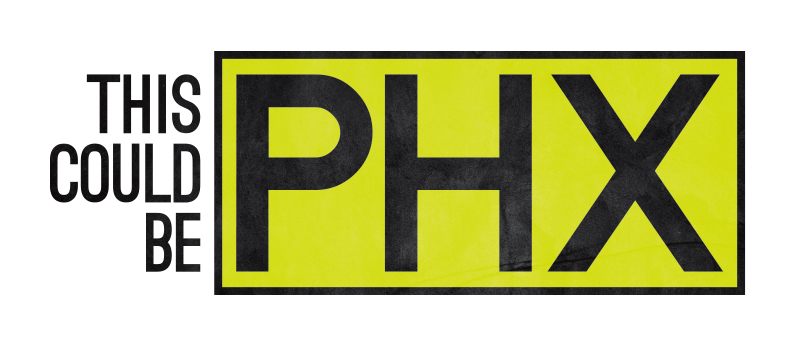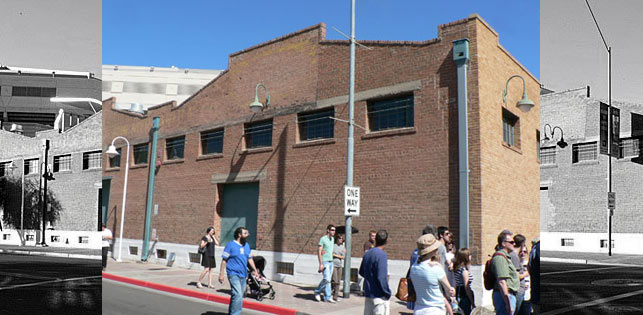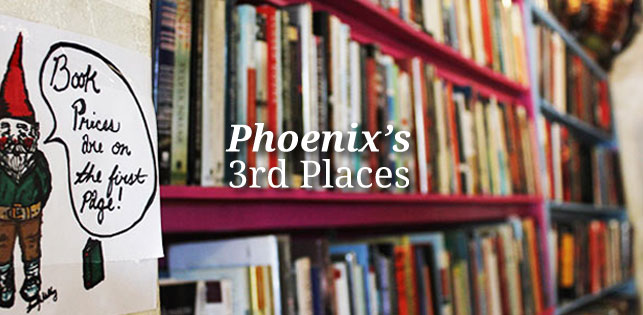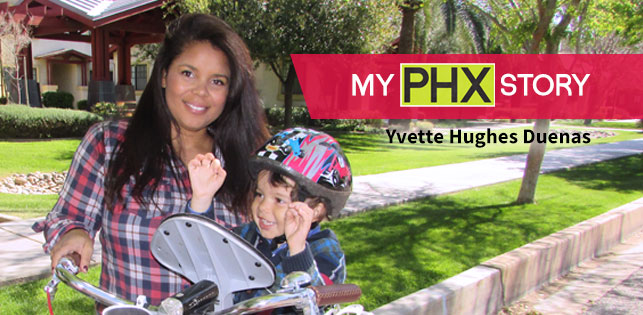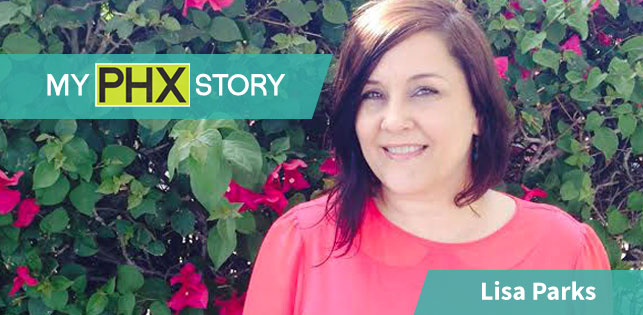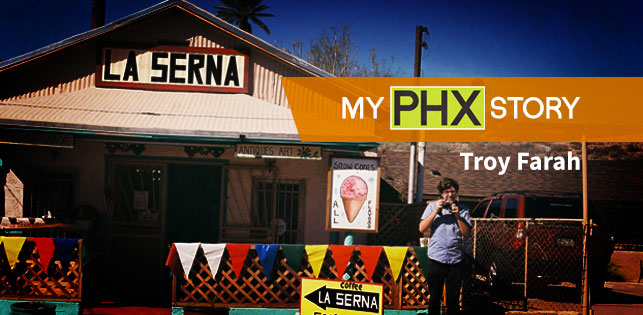24
Apr
A History of Advocacy and Preservation in Phoenix
This week marks one month since the demolition of 222 E. Roosevelt, a former bar and lounge and local art gallery, and home to what were murals by famed Arizona painter Ted DeGrazia. The building had been slated for demolition for months, despite community outcry — there was an internet petition with more than 1,600 signatures to save the building and murals, and a Superbowl-weekend mock funeral for the neighborhood. There were plans to preserve the building by moving it to a new location, and then there weren't. And on March 20, bulldozers moved in. It was a sad story to watch unfold, but not all of Phoenix's preservation struggles end in a heap of paint dust and broken brick. Over the past decades, historic preservationists and Downtown advocates have had many successful moments in saving pieces of Phoenix history. Check out a few of the biggest ones below.
05:00 /
Current Events & News
